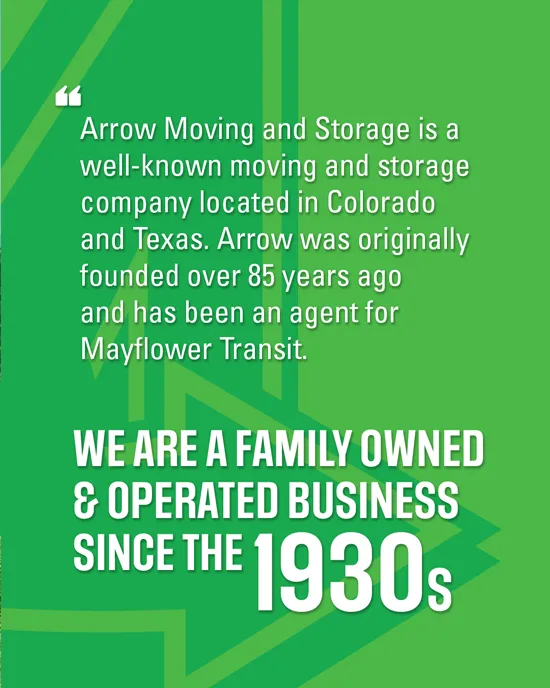While moving to a new home can be an exciting journey, it can also lead to a flurry of expenses. Taking the first step to creating a detailed household moving budget is not just a financial task but a powerful tool that puts you in control of your relocation. By planning thoughtfully, you can avoid unexpected costs and reduce stress on moving day, empowering yourself for the journey ahead and instilling confidence in your financial decisions.
1. Determine Your Moving Method
The first decision is about your moving method. Will you hire professional movers, rent a moving truck, or opt for a portable storage container? Each option has different costs and benefits, and deciding which one fits your needs is crucial in setting a realistic budget.
2. List Out Moving Expenses
Your budget should cover a comprehensive list of all potential moving expenses. These could include:
- Packing supplies, including boxes, tape, bubble wrap, and markers, can add up quickly.
- Transportation costs: Whether you’re hiring a service or doing it yourself, transportation is a significant line item.
- Utilities: Don’t forget about initial fees for water, electricity, and internet in your new home.
- Temporary accommodation: If your move involves long-distance travel, consider hotel stays or other overnight costs. To save on these expenses, consider budget-friendly accommodations or explore alternatives such as Airbnb or staying with friends or family.
- Insurance: Protecting your belongings during the move is imperative. Verify whether your current policy includes coverage for moving or if additional coverage is required.
3. Research and Compare Quotes
After listing potential expenses, gather quotes to ensure your budget reflects real prices. Contact multiple moving companies for estimates. When selecting a professional moving company, consider factors such as their reputation, insurance coverage, and additional services they offer. If renting a truck, check different companies for competitive rates. Similarly, compare prices for packing supplies at various stores or online to identify where you can save.
4. Set Aside an Emergency Fund
No matter how meticulous your planning is, unexpected costs can arise. Create a buffer in your budget to cover these surprises. This emergency fund can help mitigate costs such as repairs in your new home, last-minute travel changes, or even personal treats to make the transition easier.
5. Plan for Life After the Move
The financial aspect of moving doesn’t stop once you reach your destination. Consider expenses you’ll encounter in the first few weeks, such as new furniture, groceries, or rental fees. Planning these expenditures helps you settle without financial strain.
6. Utilize Apps and Tools
Technology can simplify budget tracking. Download budgeting apps designed for moving, or utilize spreadsheet software to lay out and adjust costs as needed. These tools provide a clear picture of your finances, making it easier to stay on track with your budget.
Your Stress-Free Moving Adventure Begins Now!
With a well-thought-out moving budget in place, you’re ready to embark on your new venture with confidence. Preparing financially not only steadies your footing during the move but also provides peace of mind, allowing you to focus on settling into your new home. So dive into this fresh chapter, knowing you’re securely leading the way!We can help make your move a success. Contact us today for a free quote and let us assist you in this exciting journey.





